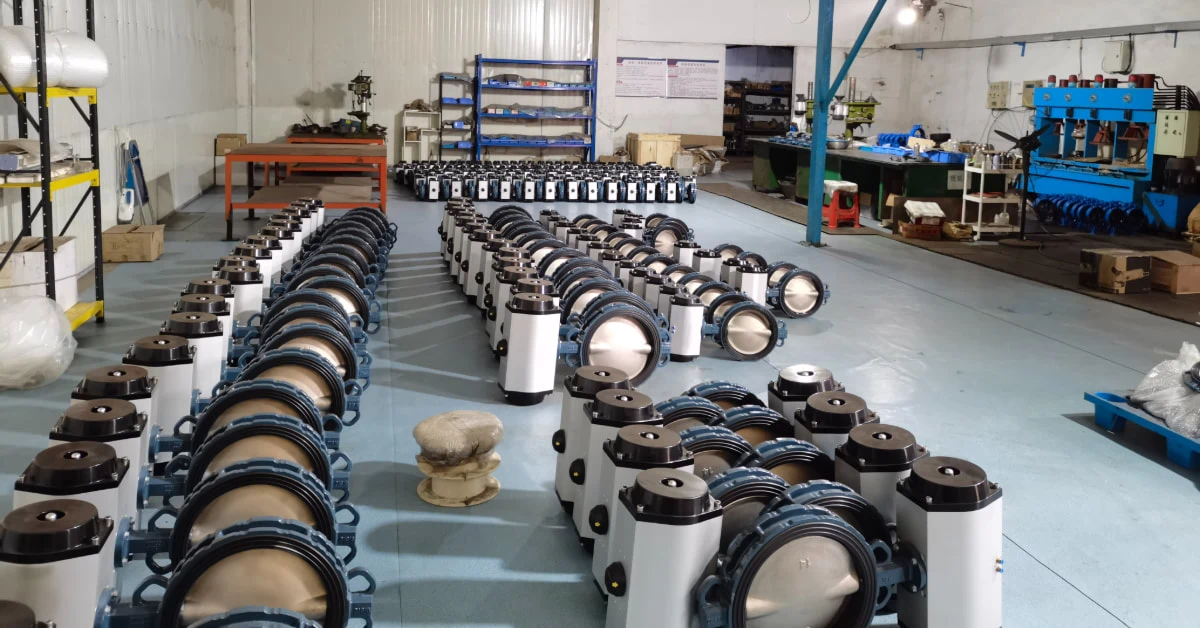Wang Shunjiang
Founder & Chief Casting Engineer
read his story
I got my start in Tianjin, right in the heart of China’s butterfly valve industry. My education didn’t come from a classroom. It came from talking with the old masters.
Over time, folks in the industry started bringing me their toughest casting problems. They knew I liked a challenge. It’s how I built my reputation—not as some kind of master, but as the guy who could figure things out when a casting failed.
I remember one case clearly. A factory was making large DN1200 valve bodies out of CF8M stainless steel for a high-pressure, corrosive line. Their castings kept failing. They either developed micro-cracks after heat treatment or couldn’t meet the required tensile strength. They were stuck.
Looking at their process, the problem was obvious to me. For a casting that thick, a standard CF8M recipe and heat treatment won’t work. The slow cooling rate allows chromium carbides to form at the grain boundaries, which weakens the steel and makes it brittle.
My solution had two parts.
First, the material mix. I told them to adjust their melt. They needed to add a bit more Molybdenum (up to 3.0%) for corrosion resistance, but the key was adding a specific amount of Nitrogen (0.10-0.16%). Nitrogen strengthens the steel’s structure, especially in heavy sections.
Second, the heat treatment. This was critical.
● Solution Anneal: Heat the casting hotter than usual, to around 1120°C, and hold it there. This dissolves those harmful carbides.
● Water Quench: Cool it down fast. Very fast. An aggressive water quench is necessary to “freeze” the good structure in place before the carbides have a chance to re-form.
They followed the new process, and it worked. The castings were solid and passed every test.
That’s the lesson I built my own factory on: casting isn’t just pouring metal. You have to respect the material and understand the science. That’s what goes into every valve we make.
Fu Jinying
Co-founder & Managing Director
read his story
Back in 2004, my husband was the heart of our workshop, a expert in casting. But the business itself was bleeding. Not just from a few messy receipts, but from chaos. We’d order too much of one material, run out of another, and delay shipments. I saw we were losing money and, worse, our customers’ trust. A company without a nervous system is just a pile of twitching muscles.
So my first job was to build that system. I didn’t get the answers from a book; I went out and talked to leaders at bigger, more successful companies. I saw they all had two things we didn’t: a robust ERP system and ISO 9001 certification. Bringing those back wasn’t easy. It meant changing how everyone worked. But I knew it was the only way to stop the bleeding and build a foundation we could trust.
With our house in order, I started talking to our customers more. And I realized we had a huge problem: they loved our castings, but they didn’t want just castings. They wanted finished butterfly valves. We were doing the hardest part—the casting—and then watching our customers take our work to another factory for machining and assembly, where the real profits were. We were efficiently running towards a dead end.
I knew we had to change. I proposed we build our own machining and assembly lines to produce the entire valve. It was a massive risk, and many thought we should stick to what we knew. But to me, the bigger risk was doing nothing. To make it happen, I spent my days on the factory floor, not in my office. I found a brilliant machinist who others overlooked and let him lead the new division. We built our foreign trade department from scratch because I knew that with a complete, high-quality product, our market wasn’t just China—it was the world.
Looking back, it’s funny how one decision can save you from a crisis you never saw coming. A few years after we transitioned to making complete valves, the market for raw castings was flooded by low-cost competitors. Prices crashed. Many foundries that only did casting, just like we used to, went under. If we hadn’t made that leap, we would have been one of them.
These past twenty years have been about facing one challenge after another. But I thrive on it. My energy comes from getting out of the office, talking to people, and finding the next answer that will push us forward. We started by plugging leaks in a small workshop. Today, we’re a global brand. And I’m still out there, looking for the next big thing. We’re just getting started.
Zhang Delin
Chief Mechanical Engineer of JRVAL
read his story
I spent most of my life as a Chief Engineer in a big state-owned company. It was a good job, a job I loved.After retirement, I tried a week of old age life and found that it wasn't suitable for me. An engineer’s job is to solve problems, and my brain wasn’t ready to stop.
So I came here, to this valve factory. My title is still Chief Engineer. I still read blueprints, I still design processes, I still tell people how to get the job done better. The only difference is that now, the problems are right in front of me. And I like that.
We had an issue with the sealing faces of our high-performance butterfly valves. The new CNC center was hitting all the dimensional tolerances, but the surface finish—the Ra value—was inconsistent. For a zero-leakage guarantee under high pressure, “good enough” is a failure. The machine was executing its code perfectly, but the code itself wasn’t enough.
I found an old heavy-duty lathe in the back of the shop. To the younger guys, it was scrap metal. To me, it was a solid foundation. I spent weeks on it. I didn’t add electronics; I optimized its mechanics. I hand-scraped the guideways to ensure perfect straightness, reinforced the tool post to eliminate any possibility of chatter, and meticulously balanced the main spindle. I was hunting down and killing micro-vibrations, the things a computer screen can’t show you.
Now, that manual lathe, in the hands of a skilled operator, produces a surface finish that is measurably superior to our CNC’s. It’s not about man versus machine. It’s about understanding the fundamentals.
Wang Yan
Chief Workshop Engineer of JRVAL
read his story
My name is Wang Yan. My title is Chief Workshop Engineer. I know the sound of every machine, and I know when something is off just by listening.
I didn’t go to school much. When I first got here, I was on the assembly line, just doing my job and keeping to myself. I always kept my tools and parts lined up neat and clean—that’s just how I am. I guess Ms. Fu noticed. One day during lunch, she walked right over to my corner and said, “Wang Yan, you’re a careful worker. Want to learn something new?” I was nervous, but I said yes.
That yes changed my life. Ms. Fu had me learn from our machinist. He taught me how to read the blueprints, every single line and number. I also spent a lot of time with the quality team. They showed me how to use the calipers and gauges, and why a tiny mistake can ruin a whole batch. The company trusted me, and I just thought, “I have to do this right.”
When the new system (ERP) came in, everyone was confused. The bosses had their reasons, but the guys on the floor just felt it was a hassle. So, I figured it was my job to connect the two sides. I’d learn what the engineers wanted, then I’d show my team how to do it, step-by-step. Then, I’d listen to their complaints—not just the grumbling, but the real issues—and report them back to management in a clear way: “This step adds 10 minutes but saves no time later. ” We made it work, together.
Today, my job is to keep things moving right. I schedule the jobs, check the quality, and sign off on the shipments. I’m not one for big speeches. I just know this place. Ms. Fu gave me a chance, and my job now is to make sure the work gets done right, every single day.













